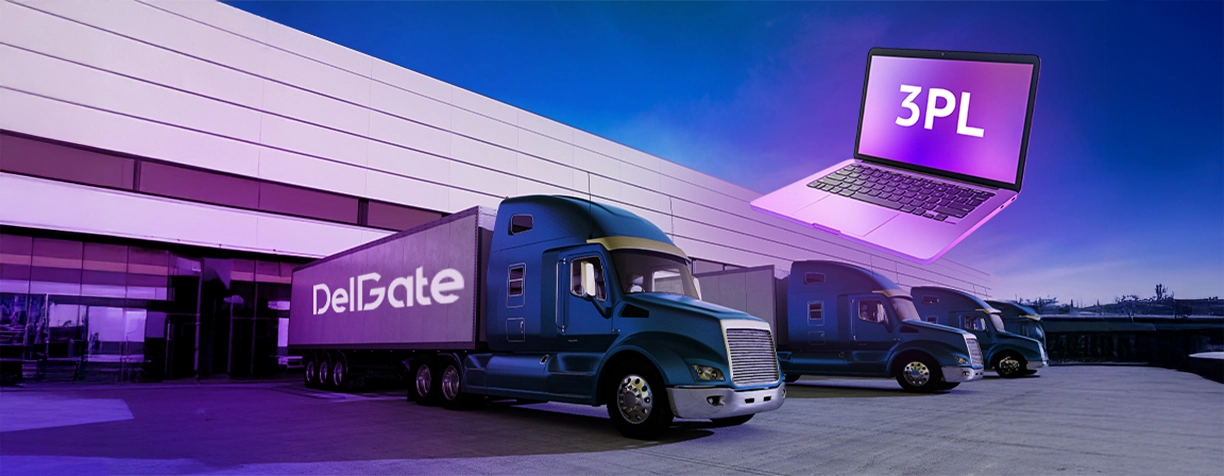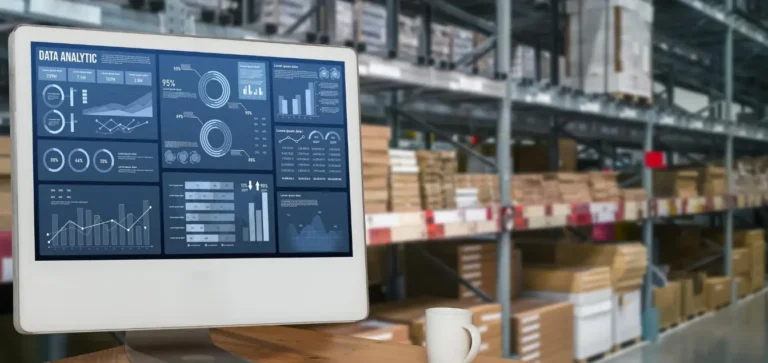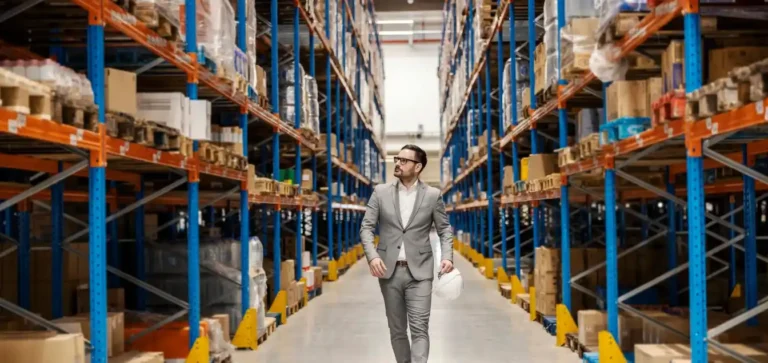What Is Cross-Docking? This fundamental question defines a core strategy in modern third-party logistics (3PL). Understanding What Is Cross-Docking unlocks powerful capabilities for enhancing efficiency and reducing costs. In today’s dynamic marketplace, where speed and responsiveness are paramount, the ability to master the art of cross-docking provides a significant competitive advantage.
Table of Contents
Definition of Cross-Docking
Cross-docking is a logistics technique meticulously designed to streamline the supply chain by effectively bypassing the conventional warehousing phase. This innovative method involves the direct transfer of goods from incoming transportation vehicles (trucks, trains, or ships) to outgoing ones, with minimal or no storage in between.
The fundamental goal is to accelerate the movement of goods, minimize handling, and reduce associated costs. It’s a highly orchestrated dance of logistics, ensuring products move swiftly and efficiently. This practice differs greatly from traditional warehousing, where goods are stored for extended periods before being dispatched. Instead, the focus is on rapid transit, making it ideal for time-sensitive items and businesses seeking to optimize their operations.
What Is Cross-Docking Process
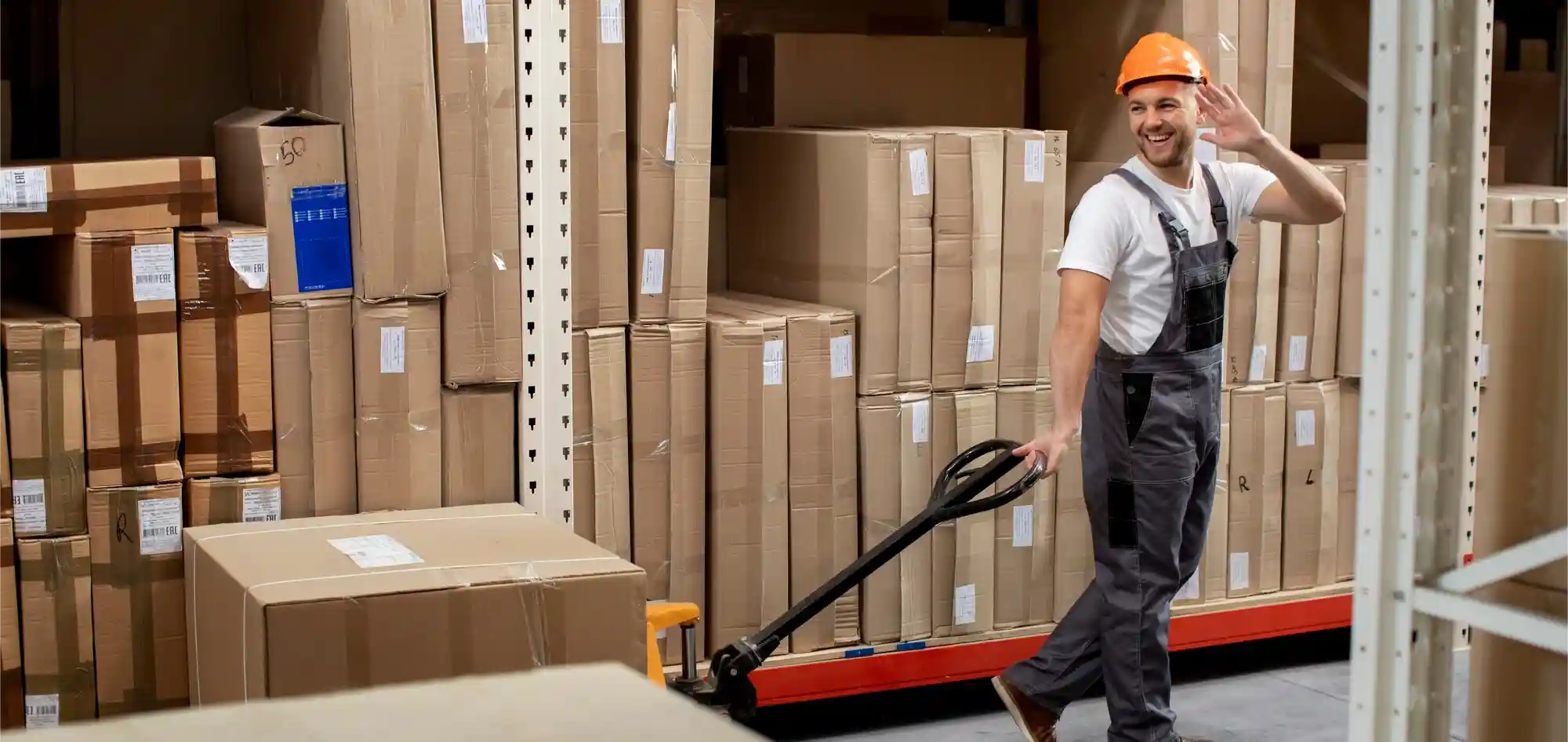
The What Is Cross-Docking Process is a carefully orchestrated series of steps designed for maximum efficiency. The typical process starts with the arrival of goods at a designated cross-docking facility. These goods are then unloaded and subjected to a rigorous inspection to verify their condition and quantity. Following the initial assessment, the items are carefully sorted and categorized based on their final destination. This sorting process might involve scanning barcodes, matching items to orders, or separating products destined for different retailers or distribution centers.
Once sorted, the goods are consolidated. This means grouping items destined for the same location together, optimizing the loading process and ensuring that each outbound shipment is as complete as possible. After consolidation, the goods are meticulously loaded onto outbound transportation vehicles (trucks, trailers, etc.), ready for immediate dispatch to their final destinations. Throughout the entire cross-docking process, real-time tracking and visibility are paramount, ensuring that all involved parties can monitor the progress of the goods and address any potential issues promptly.
What Does Cross-Docking Mean?
What Does Cross-Docking Mean? It’s more than a process; it’s a strategic shift towards a more agile, cost-effective, and customer-centric supply chain model. It represents a commitment to speed, efficiency, and responsiveness. By circumventing the need for long-term storage, businesses can substantially reduce their warehousing expenses, lower handling costs, and dramatically improve delivery times.
This translates to significant savings and enhanced customer satisfaction. It also allows for better inventory management and faster response to market demands. The agility offered by cross-docking is particularly crucial in today’s fast-paced market, where consumers expect rapid delivery and personalized service. What Is Cross-Docking promotes a streamlined and efficient supply chain, which ultimately benefits the end consumer.
The strategic implications are far-reaching. By optimizing their logistics, companies can free up capital, focus on core competencies, and build stronger customer relationships. The goal is to create a more efficient, reliable, and profitable supply chain.
Benefits of Cross-Docking
The benefits of What Is Cross-Docking are numerous and significant. Primarily, it drastically reduces storage costs. Warehousing can be expensive. By minimizing the time goods spend in storage, businesses avoid rent, utilities, security, and labor costs associated with storing goods for prolonged periods. This is an especially crucial advantage in areas with high real estate costs or during periods of high demand.
Secondly, cross-docking significantly minimizes the time it takes for goods to reach their final destination. This leads to faster delivery times, increased customer satisfaction, and improved inventory turnover. With cross-docking, goods are moved through the supply chain more quickly, resulting in shorter lead times and increased responsiveness to customer orders. The reduction in transit time often leads to the fastest shipping in Canada, and this benefit is attractive to companies in Canada.
Moreover, cross-docking reduces the risk of damage or loss. The less time goods spend in storage, the fewer opportunities exist for mishandling or damage. This is particularly crucial for fragile or high-value items. The streamlined flow of goods also reduces the complexity of the supply chain, making it easier to manage and control. The entire system is more efficient.
The benefits of Cross-Docking extend beyond financial gains. They foster agility, responsiveness, and customer satisfaction. By reducing costs, accelerating deliveries, and enhancing efficiency, cross-docking empowers businesses to thrive in a competitive environment.
The Role of Cross-Docking in Reducing Storage Costs
Cross-Docking plays a central role in driving down storage costs, a primary objective for companies aiming to optimize financial performance. By eliminating or dramatically reducing the need for expansive warehousing, cross-docking directly translates into lower expenses across several key areas.
Rent, a significant component of warehousing costs, is minimized. The same holds true for utilities, including electricity for lighting and climate control, and security systems. Labor costs, associated with receiving, storing, and retrieving goods, are also significantly reduced.
This cost reduction strategy reduces the amount of capital tied up in inventory. Less inventory in storage means reduced risk of obsolescence or spoilage, which can erode profits. The reduction of inventory levels also makes a company’s supply chain more responsive to changes in demand. Cross-Docking enables businesses to adapt quickly to evolving market conditions.
For example, consider a large retailer that relies heavily on imports. By utilizing cross-docking at a major port, the retailer can bypass traditional warehousing. This reduces costs and ensures that products arrive at distribution centers swiftly, ready to be shipped to retail locations. These savings translate into competitive pricing and a better customer experience. The cost-saving effect is significant for retailers.
Cross-Docking vs. Traditional Warehousing
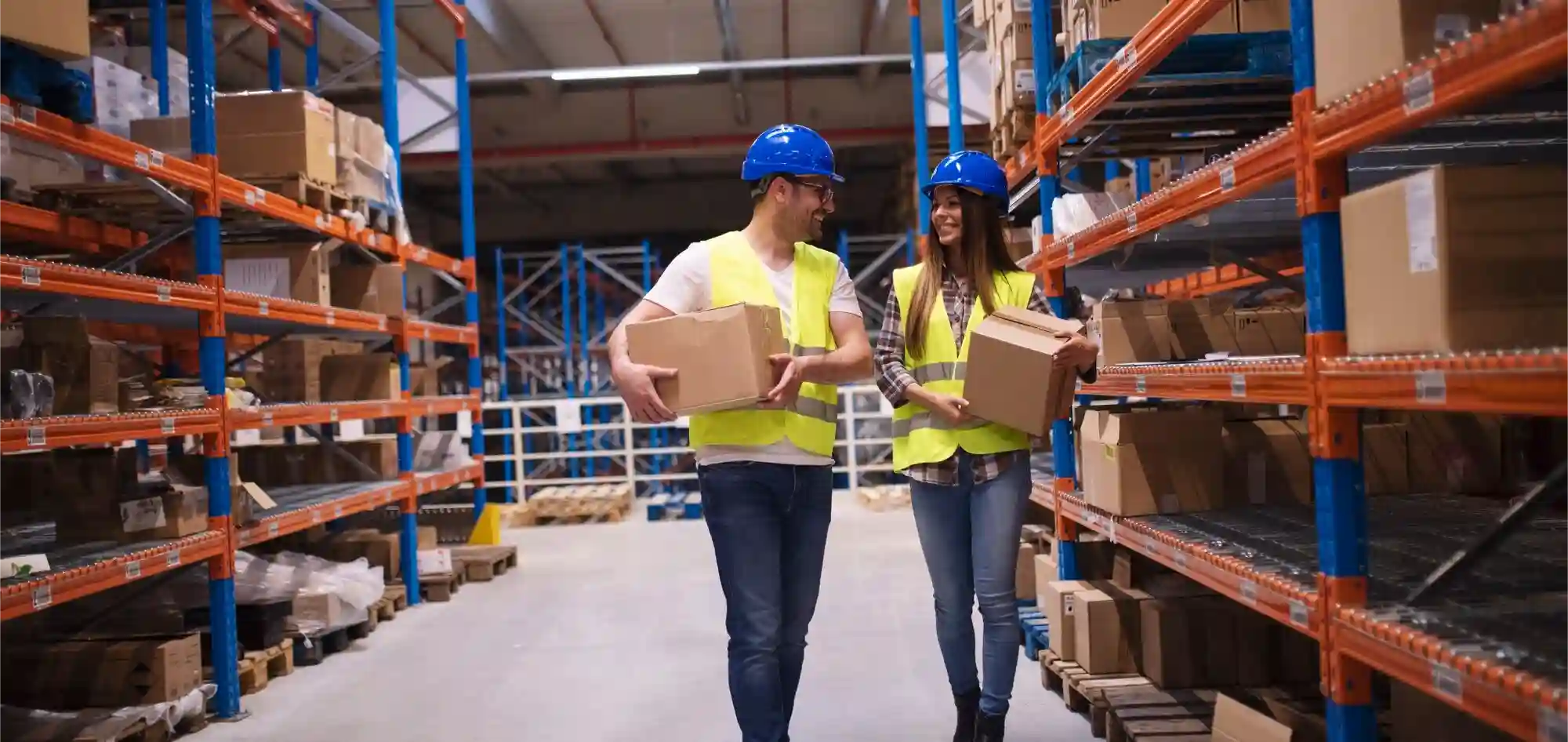
The decision between What Is Cross-Docking and traditional warehousing is not a one-size-fits-all choice but depends heavily on specific business needs, the nature of the products, and the overall supply chain strategy. Traditional warehousing provides a secure and controlled environment suitable for long-term storage. It’s well-suited for businesses that need to store significant quantities of goods for extended periods. Traditional warehousing offers climate control, inventory management, and specialized handling for various products.
Cross-docking, however, offers a more efficient and cost-effective approach when speed, agility, and minimizing storage time are primary considerations. It is the clear winner for companies that require rapid throughput and those whose products have high turnover rates. A business that needs to send Shipping Containers in Toronto immediately can use this method to avoid long storage times.
Cross-Docking for Temperature-Sensitive Goods
What Is Cross-Docking is not limited to non-perishable goods. It can be successfully adapted for temperature-sensitive goods, such as fresh produce, pharmaceuticals, and other items requiring controlled environments. Cross-docking facilities specializing in handling temperature-sensitive items are equipped with sophisticated climate control systems to maintain precise temperature ranges. These facilities utilize refrigerated docks, temperature-controlled storage areas, and rapid transit methods to preserve product integrity throughout the process.
The key lies in the meticulous management of temperature and humidity. Quick processing is also essential to minimize the time goods are exposed to fluctuating temperatures. Sophisticated monitoring systems continuously track environmental conditions, alerting personnel to any deviations from the established parameters. Cross-Docking is essential for these delicate goods.
Different Types of Cross Docking Services
Various types of Cross-Docking services exist, each optimized to meet the specific requirements of different supply chain models. These distinct types provide businesses with tailored solutions that address their unique operational needs.
- Pre-distribution cross-docking: This method involves the consolidation of goods from multiple suppliers before dispatch. This is beneficial for businesses with diverse supply chains, streamlining the inbound process and reducing the number of individual shipments. It reduces the cost of transporting goods.
- Post-manufacturing cross-docking: Involves the direct processing of goods from the production line to distribution channels. This is ideal for companies with high-volume manufacturing. This process reduces the number of times the product is handled.
- Direct cross-docking: Products are transferred immediately from inbound vehicles to outbound vehicles. This strategy minimizes handling, storage, and transit times. It’s perfect for businesses needing rapid product turnover.
- Opportunistic cross-docking: Companies use this approach when goods are available but are not part of the original plan. This is used when opportunities arise.
- Manufacturing cross-docking: This process streamlines the process of manufacturing components, reduces storage costs, and improves lead times.
Businesses strategically choose the most appropriate type or a blend of types, depending on their supply chain’s structure, product characteristics, and operational objectives. The flexibility offered by these diverse cross-docking services allows companies to fine-tune their logistics strategies.
Cross-Docking Process
The Cross-Docking Process demands precise coordination, cutting-edge technology, and meticulous execution. First, goods are received at the cross-dock facility, often transported via various modes, including trucks, rail, or ships.
Upon arrival, the shipments undergo a rigorous inspection, verifying the condition and quantity of the goods. This process involves barcode scanning, visual checks, and sometimes, more in-depth quality control assessments. Subsequently, the goods are sorted. The sorting process is based on destination. This allows the separation of products heading to specific retailers or distribution centers.
Following sorting, the goods are meticulously consolidated. This involves grouping items bound for the same destination, optimizing the loading of outbound vehicles and ensuring complete shipments. Finally, the consolidated shipments are loaded onto outbound transport vehicles for immediate dispatch to the customer or distribution center.
Cross-Docking Improves Last-Mile Delivery
Cross-Docking is especially valuable in enhancing the efficiency of last-mile delivery—the final stage of the delivery process. By accelerating the transit of goods and minimizing handling steps, cross-docking services allow companies to significantly reduce transit times and improve the speed of their deliveries.
Reduce Transit Time for Freight Shipments
Reducing transit time is a central benefit. By eliminating the traditional warehousing phase, cross-docking empowers businesses to dramatically speed up the movement of goods and significantly reduce shipping durations. This acceleration translates into faster delivery times.
Industries That Benefit from Cross-Docking
Various industries benefit from Cross-Docking.
- Retail: Retailers gain from increased inventory turnover, reduced inventory costs, and a responsive supply chain that can quickly adapt to changes in consumer demand.
- E-commerce: E-commerce businesses leverage cross-docking to ensure rapid order fulfillment.
- Food & Beverage: This industry benefits from speed to market. They want to ensure the freshness of perishable products.
- Pharmaceuticals: Pharmaceutical companies depend on strict processes to maintain product integrity.
- 3PL Providers: Third party logistics providers use cross-docking to manage client’s complex distribution requirements.
The Importance of Real-Time Tracking
Real-time tracking and transparency are critical to the success of What Is Cross-Docking. The capability to closely monitor the location and status of shipments throughout the entire process is non-negotiable. Tracking offers several key advantages.
It provides immediate visibility into the whereabouts of goods at every stage. Businesses can confirm that goods are moving according to plan. Any deviations can be identified, and necessary corrective actions can be taken. Tracking allows businesses to provide accurate and timely updates to customers. This enhances the customer experience.
Cross-Docking in Canada
Cross-Docking in Canada is particularly important due to the country’s vast geographical area and robust trade relationships. The efficient movement of goods is essential. This process supports Canada’s diverse industries, from agriculture and manufacturing to retail and e-commerce. Leveraging Canada 3PL services that incorporate cross-docking helps businesses manage operations effectively.
Cross-Docking in Vancouver
Cross-Docking in Vancouver is essential due to Vancouver’s strategic location as a major port city. Vancouver plays a central role in facilitating international trade. This makes cross-docking a vital component of the supply chain. It ensures that goods from overseas are processed and distributed quickly.
Cross-Docking in Toronto
Cross-Docking in Toronto is a critical logistics hub due to Toronto’s prominence as a major commercial and distribution center. The city’s location gives access to both Canadian and U.S. markets. Cross-docking services streamline the flow of goods, promoting efficiency and reducing transit times.
Cross-Docking in Montreal
Cross-Docking in Montreal complements the national logistics network. Montreal’s geographical advantages and robust infrastructure make it a strategic point for managing shipments. It streamlines the flow of goods. Cross-docking supports diverse sectors.
fastest shipping in Canada
Companies seeking to provide the fastest shipping in Canada depend on efficient logistics. This approach can be used to provide efficient and timely deliveries. Cross-docking processes are critical for providing the most rapid shipping.
two-day shipping
The demand for two-day shipping is now a standard for many businesses. Cross-docking helps businesses achieve the goal of two-day shipping.
Shipping Containers in Toronto
Managing the flow of Shipping Containers in Toronto is a complex process, and cross-docking helps to streamline the operations. Cross-docking is essential for efficient logistics.
FTL Transport
Cross-docking complements FTL Transport. It provides quick handling of freight shipments. This improves the efficiency of deliveries and allows the business to meet their delivery goals.
trucking logistics services in Canada
Trucking logistics services in Canada are essential for delivering goods across the country. Cross-docking heavily relies on trucking to transport goods. This creates a strong network to support shipping needs.
port drayage
Port drayage is a key element in the system. Cross-docking facilities often provide drayage services, which transport goods from the ports. This smooths the shipping processes.
fulfillment services Canada
Many providers of fulfillment services Canada use cross-docking to provide efficient services. They help with the entire supply chain process. This is used to improve the operational processes.
third party logistics
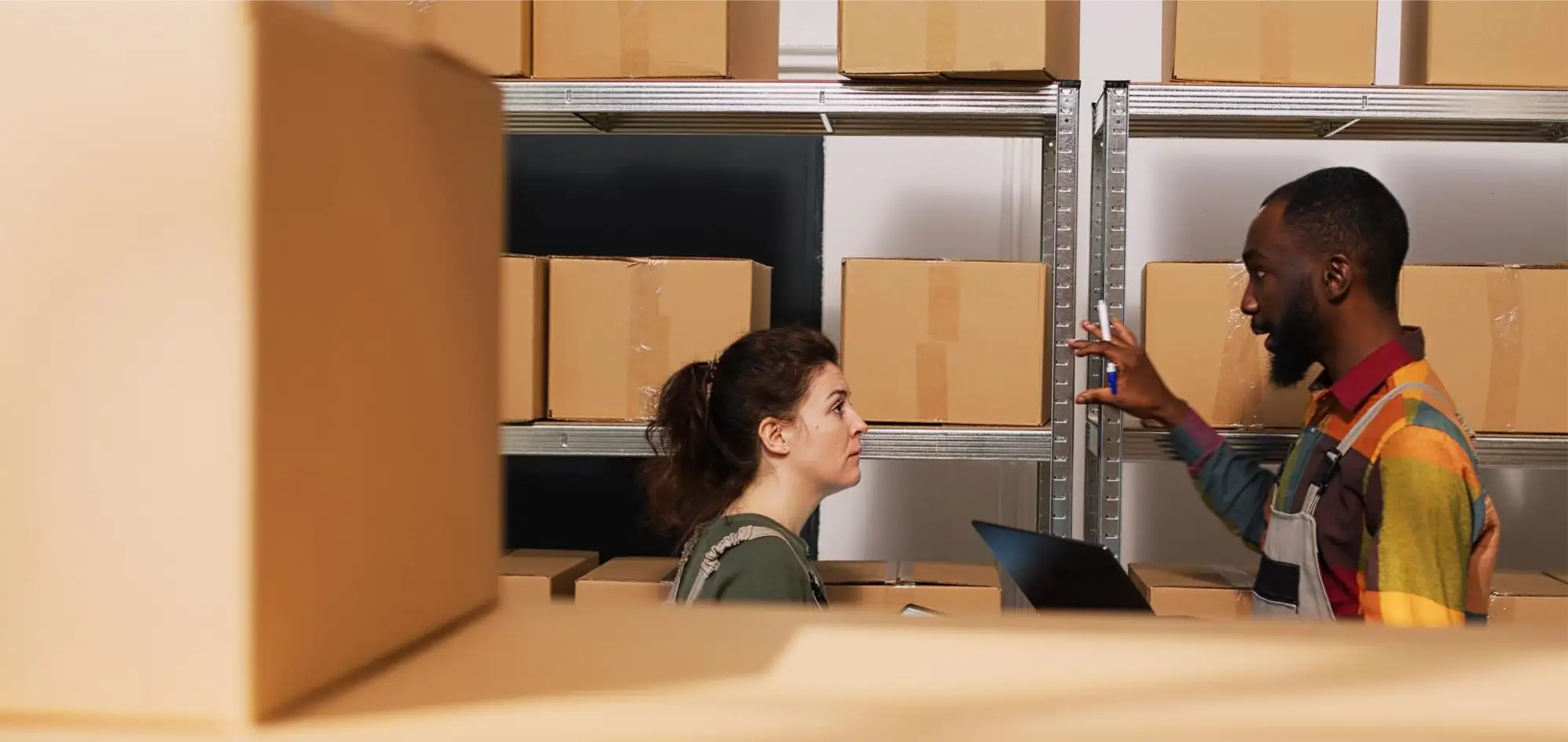
Companies rely on third party logistics providers to handle complicated shipping requirements. They are relied upon to handle a variety of shipping needs, including cross-docking. This allows businesses to focus on their operations.
Some companies that provide fulfillment services include:
- Amazon
- DelGate
- FedEx Supply Chain
- DHL Supply Chain
- Purolator
FAQ
Q: What is cross-docking?
A: What Is Cross-Docking is a logistics technique that involves the direct transfer of goods from inbound to outbound transportation, with minimal or no storage in between.
Q: What are the main benefits of cross-docking?
A: Key benefits include reduced storage costs, faster delivery times, increased efficiency, reduced risk of damage, and improved inventory management.
Q: How does cross-docking reduce costs?
A: By eliminating or minimizing the need for warehousing, cross-docking decreases costs related to rent, utilities, labor, and inventory handling.
Q: What types of cross-docking services are available?
A: Various types of cross-docking services exist, including pre-distribution, post-manufacturing, direct cross-docking, and opportunistic cross-docking, each with specific applications.
Q: What is the role of trucking in cross-docking?
A: Trucking is a key component of cross-docking, as it transports goods in and out of the facilities.

